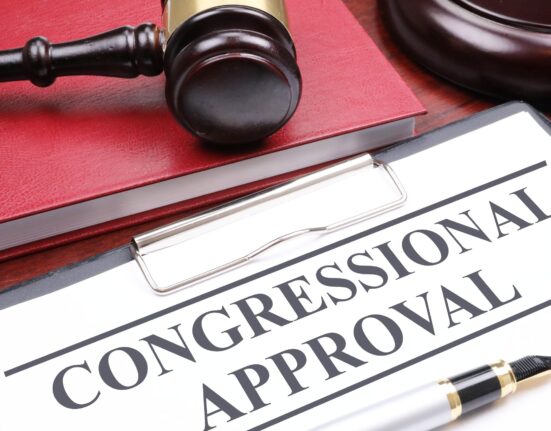Business
Economy
Education
Finance
Leaving a Legacy
Life Style
Politics
Schools/Education
Tennessee Business
Got Debt? Did You Know Consumer Debt Has Reached an All-Time High?
- by admin86
- May 1, 2025
- 0 Comments
- 2 minutes read
- 192 Views
- 2 months ago














Leave feedback about this